Staying fit with age is so important for health, happiness, and looks. “As we age, the most important aspect is foundational fitness, which establishes a strong baseline on which to build your fitness and health,” Christopher Cutter, MD, tells Scripps Health. “Gearing up for an event without training for it may result in injuries, from minor to severe, that will put you on the sidelines.” Not all fitness has to be worked on in the gym—there are plenty of exercises that let you start slow, build strength, and look amazing. Here are 10 exercises to do after 50.
Strength Training

Strength training is crucial to look amazing after 50. “Muscular strength declines with age, so strength training is key for maintaining strength and preventing muscle atrophy at 50-plus,” according to Johns Hopkins Health. “Strength training has also been shown to help with bone density,and which decreases the rate of bone breakdown, helping reduce the risk of fractures later in life.”
House Cleaning

House cleaning burns a surprising amount of calories, and will help get you fit and toned. “All kinds of physical activity – not just formal exercise programs – burn calories and strengthen muscles,” says the American Cancer Society. “As long as you’re working at something hard enough to get you breathing harder and your heart beating faster, you’re exercising. The more, the better, but even just 5 minutes at a time adds up.”
Yoga

Yoga is a great low-impact exercise that positively impacts both mental and physical health. "If it's a yoga, cycling, or tai chi class, you'll need adequate strength and flexibility,” Dr. Clare Safran-Norton, clinical supervisor of rehabilitation services at Harvard-affiliated Brigham and Women's Hospital, tells Harvard Health. “You need to be able to do the basics, like raise your arms over your head and lift your legs easily.”
RELATED: 15 Proven Strategies to Drop 2 Pounds a Week with Minimal Effort
Pilates

Pilates is a low-impact workout that gives you long, lean limbs—and is good for strength. “Tai chi, Pilates and certain kinds of yoga can enhance balance and core strength at 50-plus, which will help support and protect your spine and may help prevent a future fall,” according to Johns Hopkins Health. “A modest investment in dumbbells and exercise bands will also allow you to do strength training at home.”
Walking

Walking burns fat and helps make you look great. "Start with a low-intensity workout for 20 or 30 minutes. Increase the intensity and length over time," Dr. Safran-Norton says. "It's the same for working with weights. Try a slight resistance at first, and then increase it gradually."
Stretching

Stretching is good for your looks and physique. “As our bodies age, our tendons get thicker and less elastic,” according to Johns Hopkins Health. “Stretching can counter this and help prevent injury at 50-plus. Remember to stretch slowly; do not force it by bouncing.”
RELATED: 20 Abdominal Fat-Blasting Tips for a Flatter Stomach in 60 Days
Swimming

Swimming is easy on the joints and a great workout. “As cardiovascular exercises go, swimming offers a little less wear and tear on the body than other options,” exercise physiologist Christopher Travers, MS, tells the Cleveland Clinic. “It’s a good choice for just about anyone.”
Gardening and Yard Work

Gardening is strenuous and helps keep you looking and feeling fit. “Moderate time spent walking, gardening and even vacuuming all count as exercise,” according to Johns Hopkins Health. “A modest investment in dumbbells and exercise bands will also allow you to do strength training at home.”
Cycling

Cycling is a great choice for those over 50. “Cycling is one of the healthiest and most low-impact forms of exercise - meaning it causes less strain and injuries than most other workouts,” according to the University of Montana. “So it's a hobby you can continue to enjoy throughout your long life. And, unlike other forms of exercise, you won't dread doing it.”
RELATED: 25 Essential Habits to Banish Abdominal Fat in 90 Days
Dancing

Dancing not only keeps you fit, it’s a fun way to be social and meet people. “Zumba Fitness is a dance-based aerobic exercise class that is popular, especially among women of all ages and body sizes,” says Harvard Health. “It offers a range of benefits, including improving aerobic fitness, body composition, and balance.”
💪🔥Body Booster: Walking is the perfect low-impact exercise to lose weight and look great.











 Copyright Liz Hilliard
Copyright Liz Hilliard Copyright Liz Hilliard
Copyright Liz Hilliard I Got My Best Body After 50 and Here’s How You Can, Too
I Got My Best Body After 50 and Here’s How You Can, Too I’m 70 but Look 40 Thanks to These 7 At-Home ExercisesCopyright Liz Hilliard
I’m 70 but Look 40 Thanks to These 7 At-Home ExercisesCopyright Liz Hilliard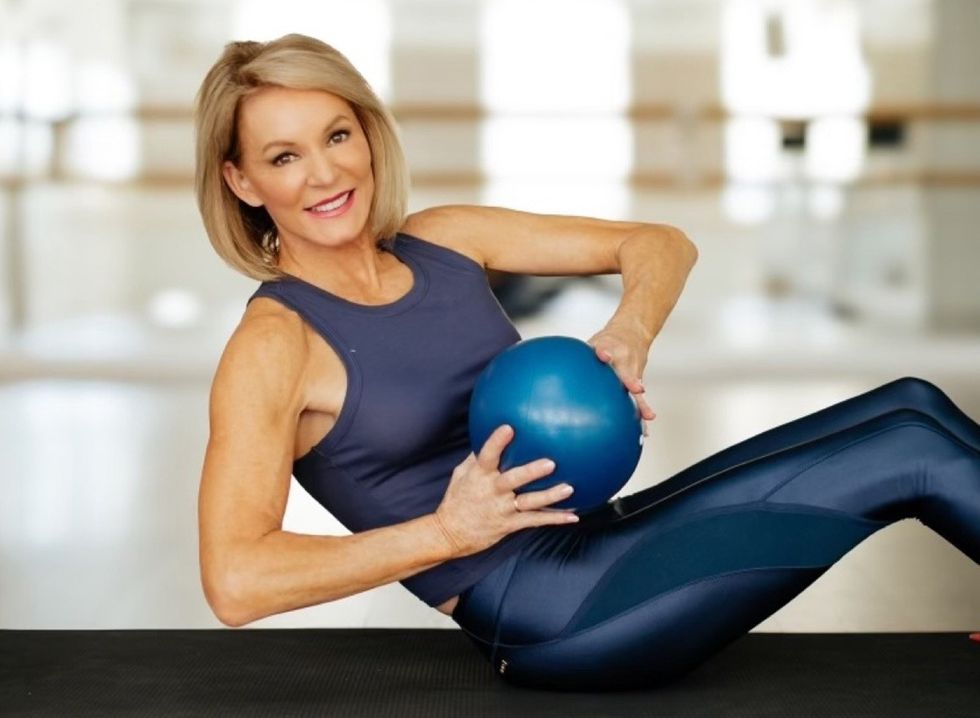
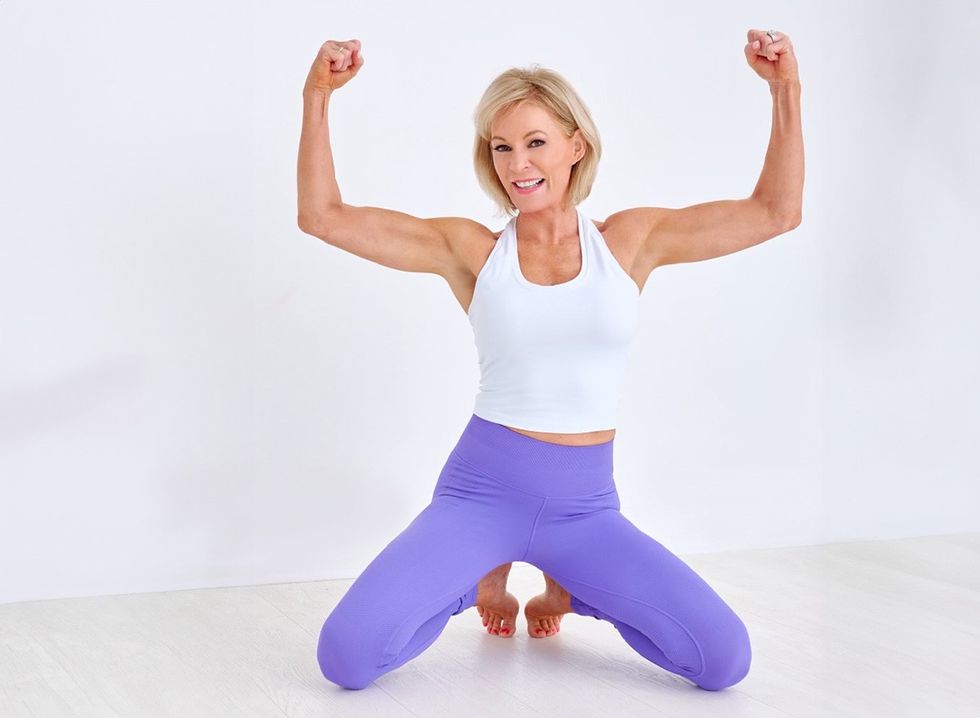









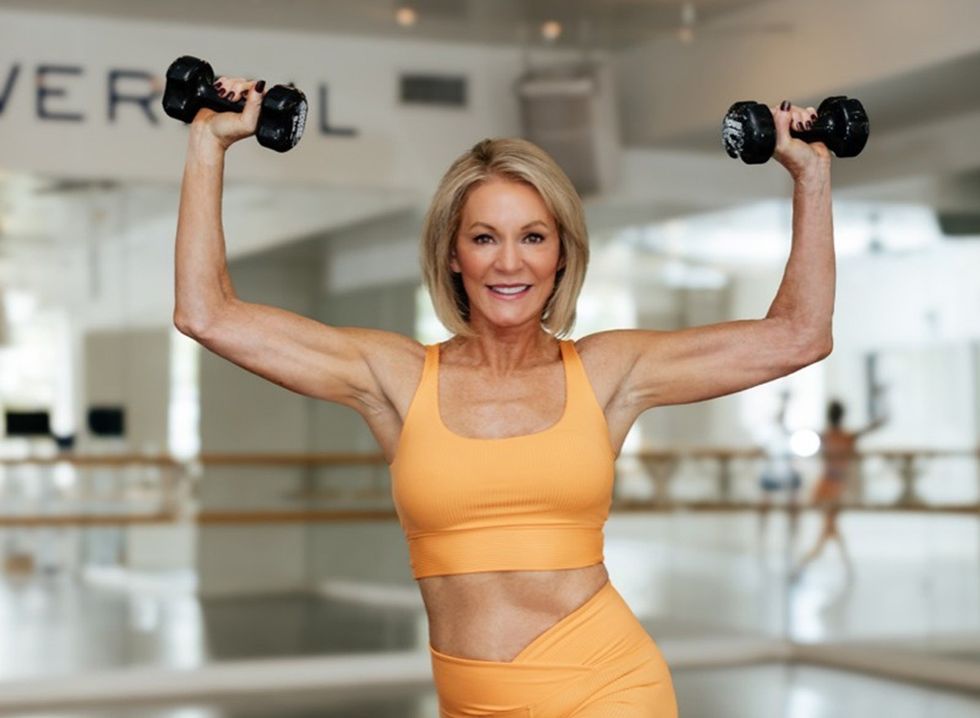 Liz Hilliard
Liz Hilliard Liz Hilliard
Liz Hilliard Shutterstock
Shutterstock Liz Hilliard
Liz Hilliard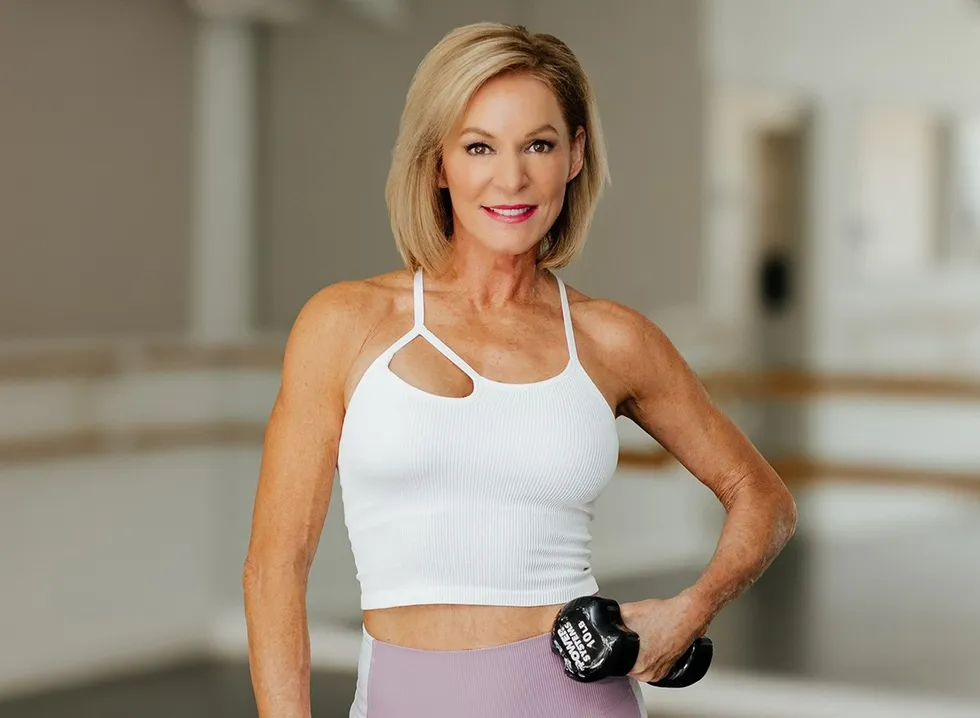 Liz Hilliard
Liz Hilliard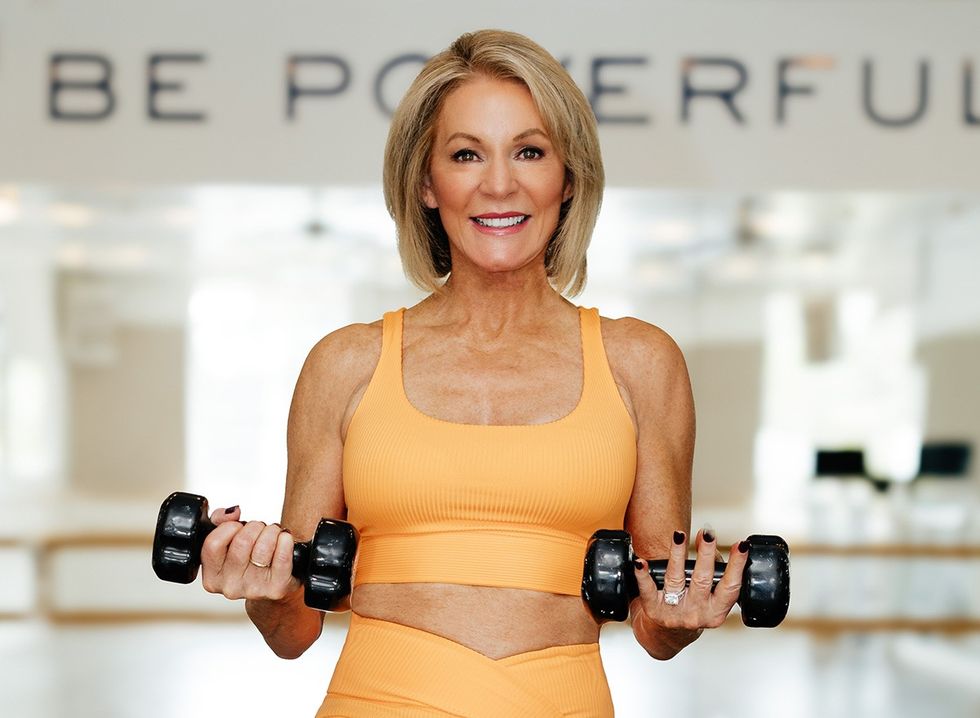 Liz Hilliard
Liz Hilliard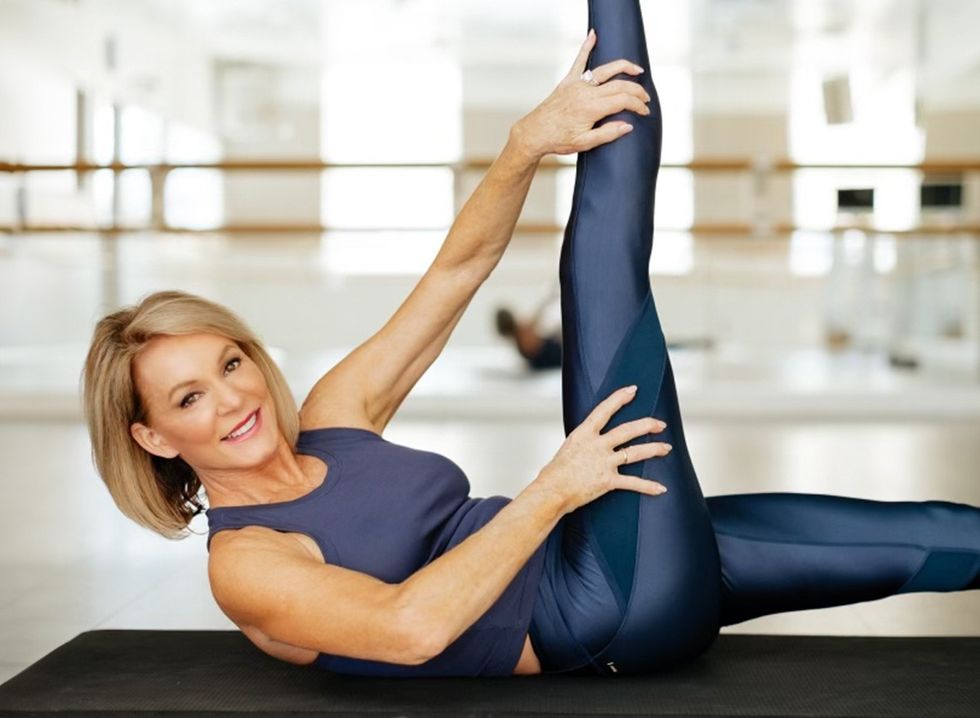 Liz Hilliard
Liz Hilliard Shutterstock
Shutterstock



 I'm a Nutritionist and These 9 High-Protein Snacks Keep My Clients Full While Losing 50 Pounds
I'm a Nutritionist and These 9 High-Protein Snacks Keep My Clients Full While Losing 50 Pounds
 Shutterstock
Shutterstock 2. Processed FoodsShutterstock
2. Processed FoodsShutterstock Shutterstock
Shutterstock Shutterstock/Prostock-studio
Shutterstock/Prostock-studio Shutterstock
Shutterstock Pro TipsShutterstock
Pro TipsShutterstock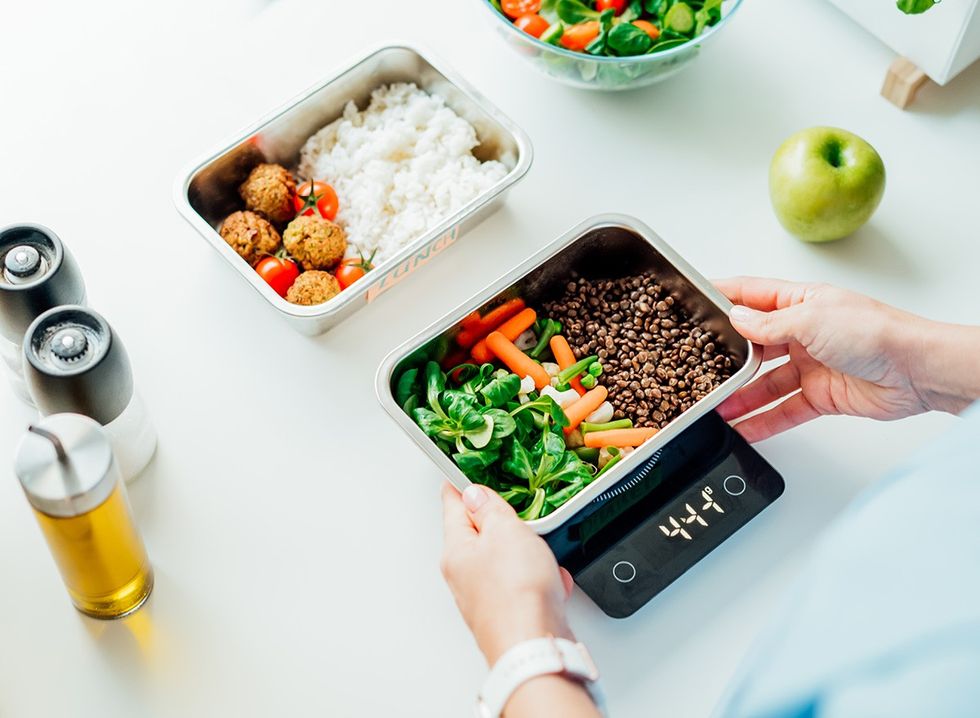 Shutterstock
Shutterstock Shutterstock
Shutterstock Shutterstock
Shutterstock Shutterstock
Shutterstock Don’t Drink as Much AlcoholShutterstock
Don’t Drink as Much AlcoholShutterstock Most Women on GLP-1s Are Making a Few Common MistakesShutterstock
Most Women on GLP-1s Are Making a Few Common MistakesShutterstock Soda and Sugary DrinksShutterstock
Soda and Sugary DrinksShutterstock Shutterstock
Shutterstock Eat BreakfastShutterstock
Eat BreakfastShutterstock And Improve Insulin SensitivityShutterstock
And Improve Insulin SensitivityShutterstock Belly Flab Strip Tip: Sugar and Fat Calories Leave Its Mark on Your BodyShutterstock
Belly Flab Strip Tip: Sugar and Fat Calories Leave Its Mark on Your BodyShutterstock Shutterstock
Shutterstock The Drugs Mimic the GLP-1 Hormone Naturally Produced by the BodyShutterstock
The Drugs Mimic the GLP-1 Hormone Naturally Produced by the BodyShutterstock 3. Deep-Fried ItemsShutterstock
3. Deep-Fried ItemsShutterstock